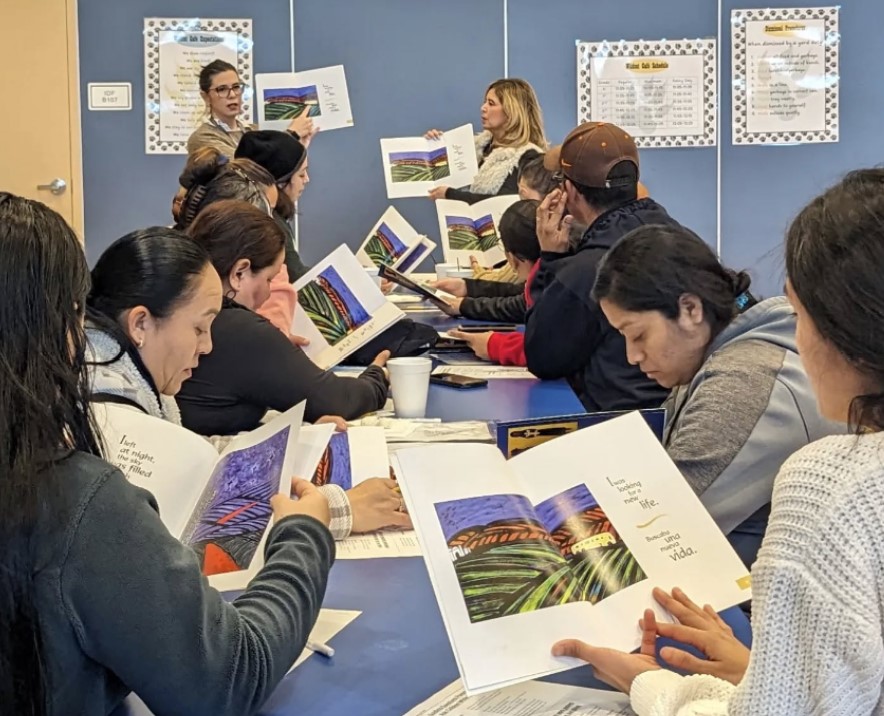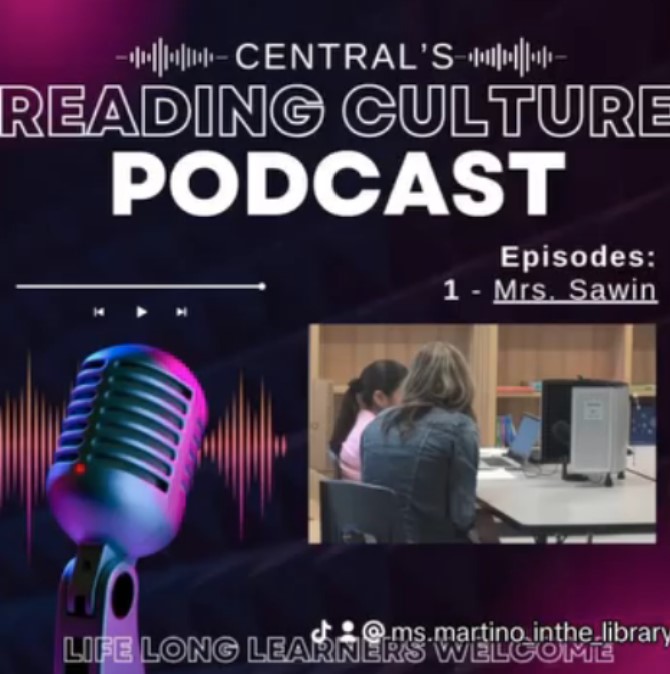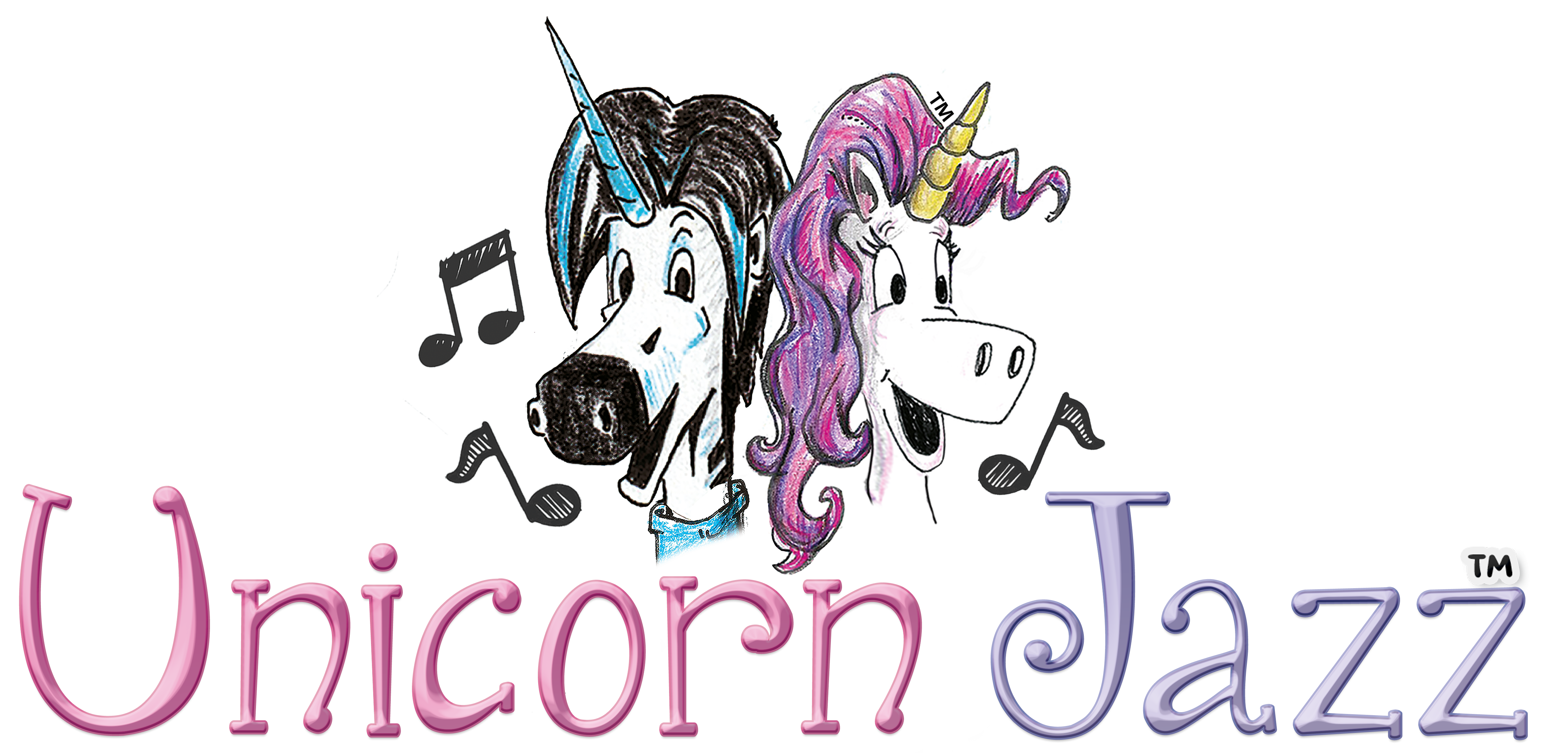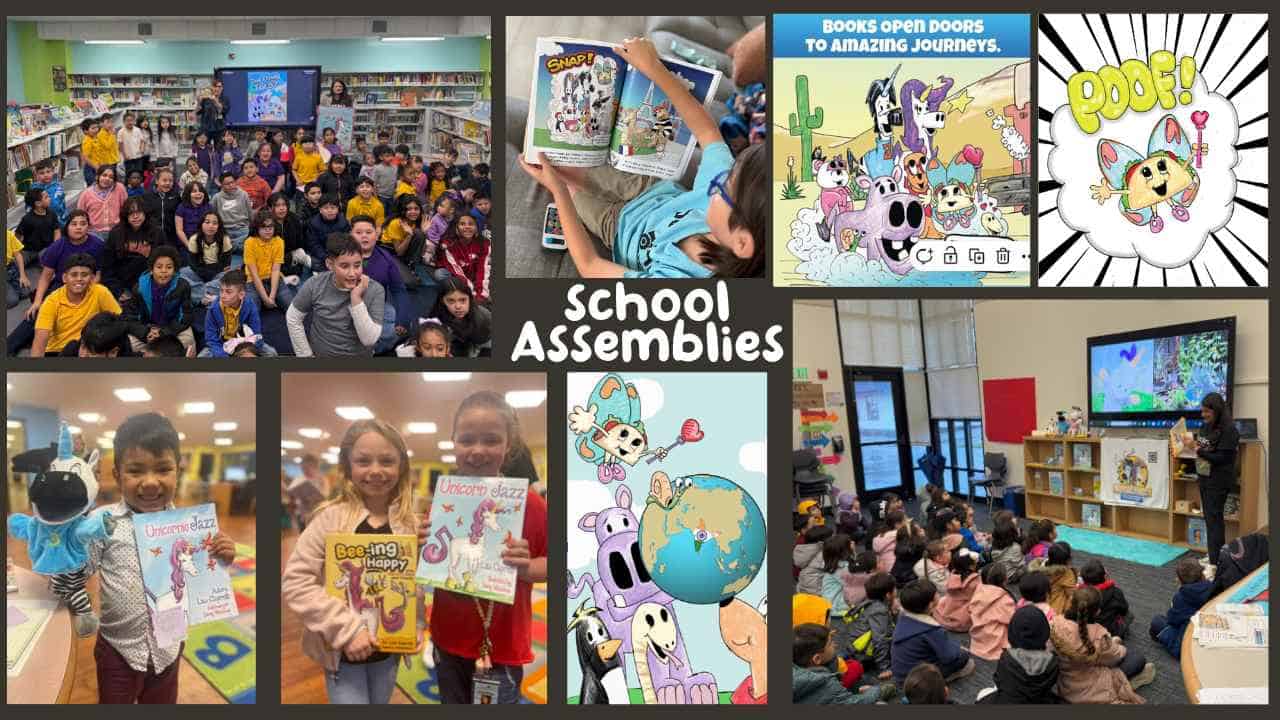How a School Librarian Builds Lifelong Readers
/ November 12, 2025
The day an author made reading feel cool.
 Kelly Martino, school librarian in Tracy, California, can trace her love of reading back to a day in first grade when an author visited her elementary school and transformed the multipurpose room into a small theater.
Kelly Martino, school librarian in Tracy, California, can trace her love of reading back to a day in first grade when an author visited her elementary school and transformed the multipurpose room into a small theater.
The visitor was Syd Hoff, the author‑illustrator behind Danny and the Dinosaur. Teachers had been building excitement since the first week of school—reading his books aloud and talking about his life—so by October, he felt like a celebrity. Kelly didn’t know what it took to get him there; she only knew it made reading feel—her word—cool.
“I distinctly remember that he was funny,” Kelly says. “He changed his voice for different characters when he read.”
Hoff didn’t just read—he drew jokes. Numbers and letters became animals right before the kids’ eyes: a swan from a 2, a lion from a 5, a bunny from a capital B. Kelly still shows those tricks to her own children.
A path paved by libraries—and one amazing mentor
The spark didn’t end with a single visit. Kelly’s mom made public library trips feel special. “She let me pick whatever I wanted and as many as I wanted,” Kelly remembers. “I always felt rich going home with all my books.”
That steady modeling—adults who loved and respected reading—pulled Kelly toward teaching. “I became an English teacher because I love literature and I feel like I can explain things in a way people understand.” In her first year in the classroom, she met a Teacher Librarian. “I didn’t even know there was such a thing. She was so knowledgeable and helpful. I immediately wanted to be like her.”
The role required a master’s degree, so Kelly tucked the goal away. Eighteen years later, she went back to school and stepped into the job she’d wanted from the start.
What a great day actually looks like
Forget the stereotype of a librarian shushing from behind a desk. Kelly manages the library and its programming, while a library technician handles class visits—checking in books, reading a story, and guiding students to browse and check out.
During lunch recess, first through fifth graders stream in to play board games or color; on a typical day, about 75 students come through that hour. Kelly spends much of her time pushing into classrooms to teach the Model School Library Standards, weaving them into each grade’s focus standards. After school, she’s rarely idle: you might find her helping students run a student‑led podcast, leading maker activities, or providing tech PD for teachers.
The whale that swam beyond the classroom
Every librarian collects moments that prove stories stick. One of Kelly’s favorites started with a kindergarten lesson on sources—where we go to get our questions answered. She read Humphrey, the Lost Whale: A True Story, and watched a spark catch.
“One student became extremely interested in whales,” she says. Interested became invested: he asked for a Humphrey‑themed birthday party, and his parents took him whale watching. “He took it beyond the classroom,” Kelly says. “I loved hearing from his parents about how much he loved the story and what they were doing to nurture that love.”

Program spotlight: the Family Literacy Project
If you want reading to grow, invite families in. Kelly’s proudest initiative, the Family Literacy Project, does exactly that. Every other week, parents meet in the library, where refreshments, conversation, and a shared text are available.
-
- Each family receives a bilingual book to read at home and return.
-
- Kelly models how to read aloud with kids—asking questions, interacting with the text, and letting curiosity lead.
-
- Families take home the book, along with a simple craft. When they return, they share their experiences and bring back the finished craft.
-
- Support includes early literacy games, assistance with obtaining a public library card, setup for the school’s digital library app (SORA) and the public library app, and a district representative to help demystify reading scores.
“The idea is to give families the support to create a reading routine at home—so they can bond over books and build a love for reading.”
Three years in, the team isn’t chasing flashy stats. They’re watching something better: habits forming, confidence rising.

Building a beloved, inclusive collection
Great collections aren’t accidental. Kelly plans around district goals and student needs:
-
- Funding with purpose. District collection development funds go to titles that support LCAP goals in STEM and SEL—but only if they also interest students. School site funds target the School Site Plan, often focusing on English learners and reluctant readers with bilingual and student‑requested books.
-
- Weeding and renewal. Over the past five years, the team has systematically weeded out outdated titles and invested in new books—especially graphic novels.
-
- Clear benchmarks. The district aims for a collection with an average publication age within 10 years of the current year and 20 books per student. “We aren’t there yet,” Kelly says, “but we have a plan to get there within the next five years.”
Access matters, too. Students visit on a fixed schedule and check out two books of their choice. If they finish early, they can swap during lunch recess.
Programming that makes reading the reward
Kelly’s team keeps the motivation joyful and simple:
-
- Monthly giveaways. Three copies of a new release in a student‑favorite series (think Dog Man or The Baby‑Sitters Club) go to participants in interactive displays.
-
- Makerspace momentum. Another ten books are given to students who participate in makerspace activities each month.
-
- Family book club, low lift. Each month follows a theme aligned to the school’s Character Counts pillar. Kelly curates a list in Destiny, mirrors it in SORA, and builds a small ritual around it: students read one book with a family member, complete a take‑home craft, and return for a custom sticker. Bookmarks include discussion prompts and a search‑and‑find tied to the theme.
Digital & media literacy, taught on purpose
The library program is anchored to four district pillars:
-
- Digital Literacy – Explicit instruction on the apps and platforms students actually use in class.
-
- Digital Citizenship – Lessons drawn from Common Sense Media that help kids make safe, kind choices online.
-
- Information Literacy – Where to go for credible answers, with guided practice using the district’s COMPASS databases.
-
- Fostering Literacy Growth – Teaching students how to navigate the library and catalog independently to find “just‑right” books.
For teachers and families: practical tips for joyful readers
-
- Make time every day. Treat pleasure reading like any other routine. Ten to twenty quiet minutes count.
-
- Protect choice. Let kids read what they want. Honoring their tastes is the quickest path to more reading.
-
- Model it. Let children see you reading—not just telling them to read.
“Live as if reading matters to you—not just that it matters that your kids read. Kids want to love what their adults love.”
Full circle
From a first‑grade visit by the creator of Danny and the Dinosaur to a library buzzing with board games, podcasts, and book giveaways, Kelly Martino has made that early spark last. The numbers‑into‑animals trick is still a crowd‑pleaser; the bigger magic is what comes after—families reading together, students finding their book, and a school where reading feels cool because it is.
Please share more about you and your social media:
mrsmartinointhelibrary.my.canva.site/resources
Instagram: @mrs.martino_in_the_library
TikTok: @ms.martino_inthe_library




